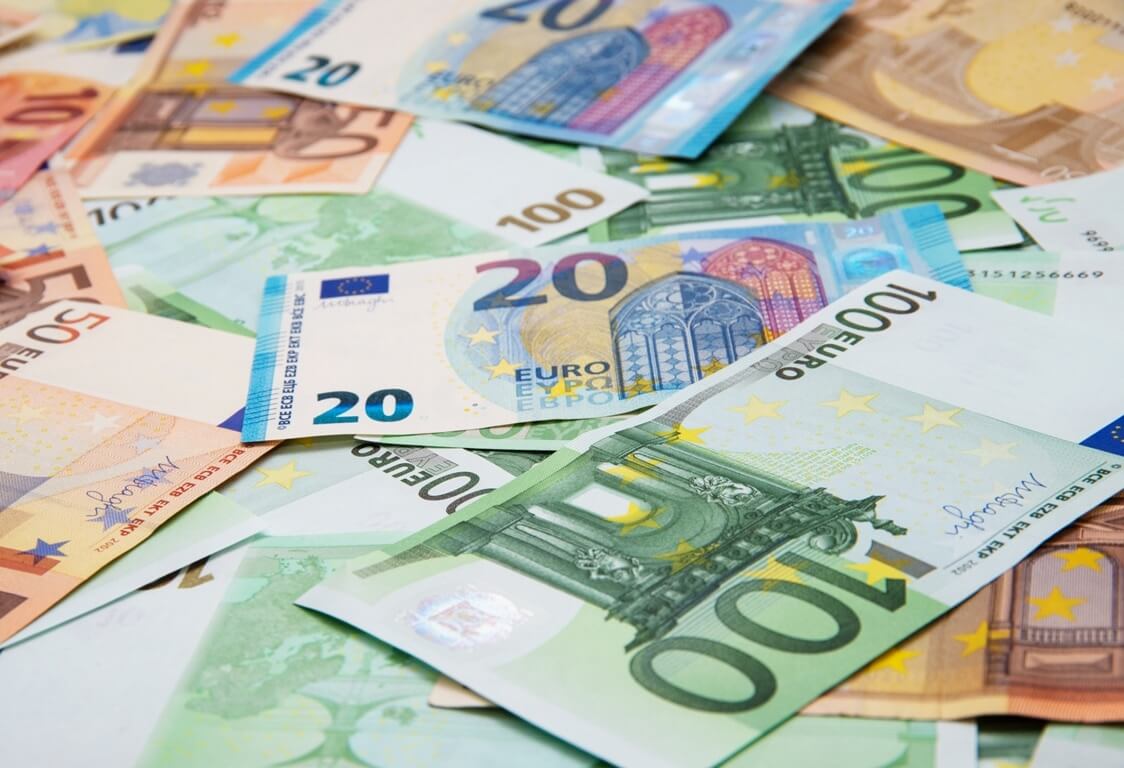
Euro rallied on Friday while U.S. dollar continues falling
The Euro was set for its best week in a month on Friday. The currency has blown past major resistance levels as traders betted the U.S. dollar has further to drop due to weakening the COVID-19 pandemic.
Thus far, the Euro skyrocketed by 1.5% during the week. The common currency at last traded at $1.2140. It is also heading for its best week versus the Japanese yen in six months, despite the yen rising a little against a broadly weaker greenback overnight. Meanwhile, Sterling reached a one-year high, and the yen skyrocketed to a two-week top.
Rabobank strategist Jane Foley stated that the Euro is staying above the $1.21 level for the first time since spring 2018. Meanwhile, there is only a week left before the European Central Bank will add more policy stimulus, according to investors’ expectations. Foley added that the actions of the Federal Reserve have been very successful at weakening the value of the greenback since spring 2020.
How did the U.S. currency fare?
The dollar has tumbled down by about 12% from a three-year high of 102.990 reached in March against a basket of currencies. On Thursday, it hit a two-and-a-half-year low of 90.504.
Meanwhile, the Australian dollar skyrocketed to a 28-month high of $0.7449 overnight. The Aussie surged forward by nearly 0.8% for the week thus far.
The New Zealand dollar also rallied to a fresh 31-month high overnight. It is set for its fifth consecutive weekly gain, gaining 8.6% after late-September lows.
ANZ Bank’s chief economist Sharon Zollner and strategist David Croy noted that the market’s appetite for the kiwi dollar is insatiable at the moment. Even concerns about hard winter of deaths and lockdowns in the United States couldn’t drive too much safe-haven demand for greenbacks, as traders reckon more government support.
On Thursday, a $908 billion aid plan gained momentum in Congress as conservative lawmakers expressed their support. Besides, the Federal Reserve plans to meet later in the month, and investors speculate that it could expand its bond-buying programme.
Analysts view both scenarios as negatives for the U.S. currency since bond-buying would keep yields anchored. On the other side, spending could support a bullish mood on the market, which would cause the buying of riskier currencies.
Investors are waiting for U.S. jobs figures due later on Friday. The fate of the Sterling is largely in the lap of Brexit trade deal negotiators, but thus far they remain locked in talks.
-
Support
-
Platform
-
Spread
-
Trading Instrument




